Decompression sickness
Frequency
Rare, 1 severe case for 5,000-10,000 dives. In German Switzerland, 8-12 cases are treated each year. With the increase in tourism in hot seas, the number of diving accidents is continuously increasing in renowned diving sites (1). When decompression is too rapid, the « nuclei » (2) present on the vascular walls are activated and store the nitrogen dissolved in the blood to form nitrogen bubbles (like in a bottle of mineral water). These air bubbles cause inflammatory reactions and initiate local pathological coagulation.
Features
Depends on the type of dive. The temporal causation with diving is very important. (24-36 hours). Beyond that, the diagnosis of decompression sickness is very unlikely. Symptoms: neurological pain and / or symptoms, dizziness, hearing loss, extreme fatigue. The evolution of symptoms should be observed. Hyperbaric therapy should be considered quickly if symptoms worsen. Further diagnosis should be seen as a waste of time.
Spontaneous evolution
The pain reacts badly to pain relievers. They generally last for several days or even weeks. Only rare divers with severe neurological disorders or hearing loss recover without hyperbaric treatment. In most cases, there are neurological sequelae or permanent hearing loss.
Goal of treatment
Rapid mechanical reduction of the bubbles which block the blood vessels or injure the tissues, nitrogenous desaturation of the tissues and bubbles as well as maximum oxygenation of the tissues which depend on the vessels obliterated by the bubbles.
Clinical studies
The U.S. Navy has documented a 97% success rate in the treatment (optimal conditions) of its divers with decompression sickness. The annual report of DAN 2004 reports a cure rate of 71% among 348 sport divers reached from DCS. Of the 101 patients who did not recover after treatment, 45 responded to a health questionnaire after one year. 98% of these cases said they were cured a year after treatment. 125 Israeli divers divers were treated by the HBOT from 1992 to 7 for a DCS. 54 divers fully recovered, 54 partially and 4 did not react to the HBOT. Another study of 279 cases of DCS with spinal cord involvement, age (>42 years) depth (>39 meters), bladder blockage, persistence and worsening of symptoms until hyperbaric therapy were factors healing negatives. 73 divers (26%) still had problems 1 month after the HBOT (3) .
Practical use of HBOT
There is no other treatment than HBOT. After possible resuscitation for unconscious divers, HBOT should be started as soon as possible . Despite this recommendation, it appears that patients treated with 48-hour delay still have chances of success. A single treatment lasting 5-6 hours is usually sufficient (Basel statistics) .
